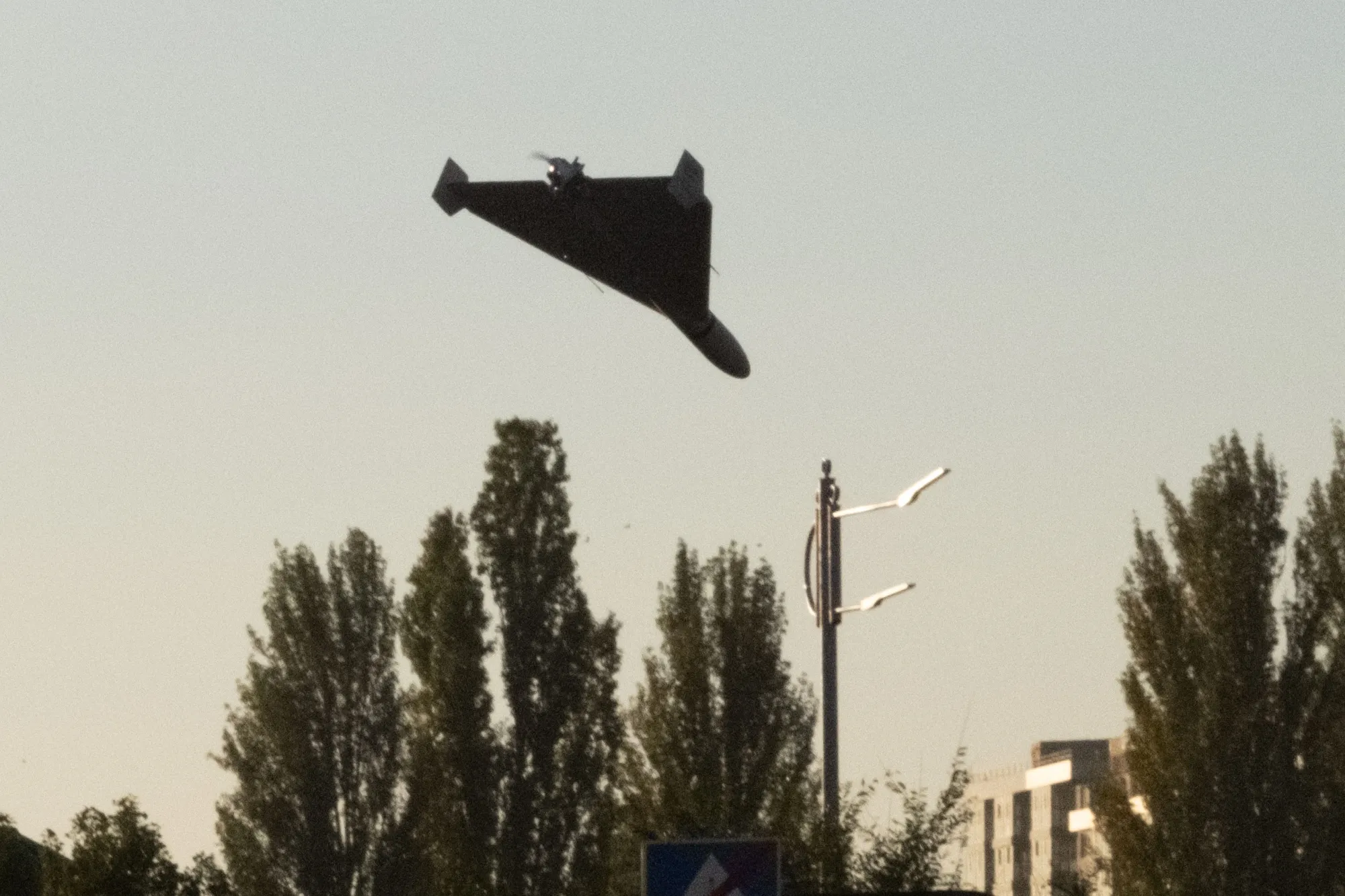Ukraine Faces Million-Dollar Costs to Intercept Advanced Jet-Powered Drones With SAM Missiles

Ukraine Faces Million-Dollar Costs to Counter Advanced Russian Jet-Powered Drones
Recent reports reveal that each successful interception of specialized jet-propelled unmanned aerial vehicles (UAVs) deployed by opposing forces now imposes a severe financial strain. The use of sophisticated surface-to-air missile (SAM) systems to neutralize these fast and high-flying drones results in expenditures amounting to millions per intercepted target. This challenge persists until alternative methods emerge to effectively counteract this evolving aerial threat.
The drones in question are notable for their jet propulsion, distinguishing them from earlier propeller-driven models. Their enhanced speed and operational altitude place them near the flight characteristics of cruise missiles, complicating detection and interception by conventional defense systems. This development elevates their threat profile and demands the use of costly advanced missile solutions to ensure defensive success.
Authorities have acknowledged the escalating operational costs associated with continuous deployment of expensive interceptors, underscoring the urgency for tactical innovation. Without novel countermeasures, reliance on finite and valuable missile stocks will continue, posing strategic and fiscal challenges for defense forces in the affected region.
Cost Dynamics of Interceptor Missiles Against Advanced UAVs
The introduction of jet-driven unmanned platforms with speeds exceeding 500 kilometers per hour requires missile systems capable of rapid response and high precision. Each missile use entails significant expense, often running into the millions in terms of procurement and logistical support. Considering the frequency of drone incursions, the aggregate financial impact on defense budgets grows rapidly, demanding careful resource management.
While the drones themselves are relatively inexpensive to produce—estimates situate their manufacturing costs in the tens of thousands of dollars—deploying multi-million-dollar interceptor missiles against them introduces a pronounced asymmetry in cost-efficiency. This imbalance raises important questions about the sustainability of current interception tactics over the long term.
Defense analysts note that, despite the high expenditure, these interceptors remain the most reliable means to safeguard critical infrastructure and population centers. However, the trade-off between financial burden and tactical necessity highlights the pressing need for supplementary or alternative forms of defense to mitigate escalating costs without compromising security.
Strategic Implications and the Search for Alternative Countermeasures
The current reliance on costly missile systems to counter these jet-powered unmanned threats signals a critical junction in defensive strategy. The urgency to develop and deploy more economical and effective technologies has become paramount. Emerging approaches point towards expanding the use of interceptor drones capable of engaging hostile UAVs at lower cost, as well as enhanced electronic warfare techniques designed to disrupt targeting and navigation systems onboard the incoming drones.
International partnerships and procurement efforts are underway to explore such alternatives, aiming to relieve pressure on expensive missile inventories. Investments in research and development of directed-energy systems, improved radar detection, and artificial intelligence-guided countermeasures are also part of the evolving defense landscape addressing these challenges.
The adoption of diversified defensive layers could reduce the economic toll while maintaining operational readiness. Until these solutions are fielded at scale, armed forces are compelled to operate within the current costly paradigm to ensure aerial defense integrity.
Technological Evolution in Aerial Threats and Their Counteractions
The shift from propeller-powered to jet-powered unmanned air vehicles represents a significant technological leap. This evolution brings about higher velocity, greater flight ceilings, and increased maneuverability, bluntly challenging existing air defense systems designed for slower and lower-flying targets. As adversaries refine these assets with guidance improvements and stealth considerations, defensive systems must similarly adapt.
Operating such advanced drones within strike formations allows for more complex attack patterns, further straining interception capabilities. These developments drive the demand for faster reaction times, enhanced tracking algorithms, and robust missile response systems, each contributing to higher financial and logistical commitments.
While this scenario presently forces reliance on costly missile launches for neutralization, it also accelerates technological innovation within defense circles. The continuous arms race thus shapes a dynamic environment where effectiveness, cost, and sustainability remain in delicate balance.
Conclusion: Balancing Cost and Capability in Modern Air Defense
The ongoing engagement with increasingly sophisticated jet-powered unmanned aerial threats highlights a layered challenge—combining technological evolution with economic sustainability. The substantial expenditures required to operate valuable missile interceptors underscore an urgent need for diversification in defensive approaches.
As current measures remain indispensable for immediate protection, a concerted focus on developing cost-effective countermeasures is critical to long-term operational viability. This strategic imperative will shape defensive doctrines and procurement priorities in the near future, ensuring that air defense forces can meet threats without overwhelming financial strain.
